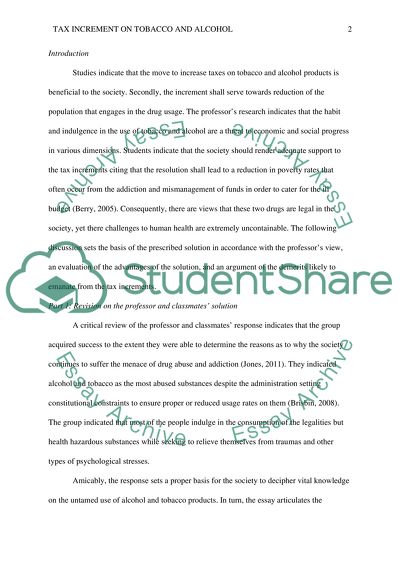Cite this document
(“Should taxes on alcohol and tobacco be increased to help pay for Research Paper - 3”, n.d.)
Retrieved from https://studentshare.org/english/1628076-should-taxes-on-alcohol-and-tobacco-be-increased-to-help-pay-for-rising-medical-costs
Retrieved from https://studentshare.org/english/1628076-should-taxes-on-alcohol-and-tobacco-be-increased-to-help-pay-for-rising-medical-costs
(Should Taxes on Alcohol and Tobacco Be Increased to Help Pay for Research Paper - 3)
https://studentshare.org/english/1628076-should-taxes-on-alcohol-and-tobacco-be-increased-to-help-pay-for-rising-medical-costs.
https://studentshare.org/english/1628076-should-taxes-on-alcohol-and-tobacco-be-increased-to-help-pay-for-rising-medical-costs.
“Should Taxes on Alcohol and Tobacco Be Increased to Help Pay for Research Paper - 3”, n.d. https://studentshare.org/english/1628076-should-taxes-on-alcohol-and-tobacco-be-increased-to-help-pay-for-rising-medical-costs.


